In a world where safety takes the driver’s seat, understanding the intricacies of seat belt laws becomes paramount. Whether you’re a seasoned road-tripper or a daily commuter, the rules surrounding seat belt usage vary from state to state, creating a mosaic of regulations across the nation. Welcome to the comprehensive guide on “Seat Belt Laws by States,” where we unravel the legal tapestry governing one of the most fundamental aspects of road safety.
Embark with us on a journey through the highways and byways of the United States as we delve into the diverse landscape of seat belt regulations. From the coastal roads of California to the urban jungles of New York, each state has its own set of rules and nuances designed to keep drivers and passengers secure on the road.
So, fasten your seat belts – not just literally but metaphorically as well – as we navigate through the legal landscape, providing you with insights and information that will not only keep you informed but also contribute to making our roads safer for everyone. Get ready to buckle up and join us on this informative ride!
| States | Rules & Law Type |
|---|---|
| Alabama | Primary enforcement, applicable for: 15+ ages, seat type: front (secondary enforcement in rear seat), minimum fine: $25 |
| Alaska | Primary, applicable for: 16+ ages, seat type: all, minimum fine: $15 |
| Arizona | Secondary enforcement, applicable for: 8+ ages, seat type: all, minimum fine: $10 |
| Arkansas | Primary, applicable for: 15+ ages, seat type: all, minimum fine: $25 |
| California | Primary, applicable for: all, seat type: all, minimum fine: $20 |
| Colorado | Primary (secondary for 18+ ages), applicable for: all, seat type: all, minimum fine: $71 |
| Connecticut | Primary, applicable for: 8+ ages, seat type: all, minimum fine: $92 |
| Delaware | Primary, applicable for: 16+ ages, seat type: all, minimum fine: $25 |
| District of Columbia | Primary, applicable for: 16+, seat type: all, minimum fine: $20 |
| Florida | Primary, applicable for: 6+ ages, seat type: all, minimum fine: $30 |
| Georgia | Primary, applicable for: 8+ age, seat type: all, minimum fine: $15 |
| Hawaii | Primary, applicable for: 8+ age, seat type: all, minimum fine: $450 |
| Idaho | Secondary, applicable for: 7+ age (primary for under 18 age), seat type: all, minimum fine: $10 |
| Illinois | Primary, applicable for: 16+ age, seat type: all, minimum fine: $25 |
| Indiana | Primary, applicable for: 16+ age, seat type: all, minimum fine: $25 |
| Iowa | Primary, applicable for: all, seat type: all front, minimum fine: $25 |
| Kansas | Primary, applicable for: 14+ age, seat type: all (18+ ages front only), minimum fine: $20 |
| Kentucky | Primary, applicable for: 7+ age, seat type: all, minimum fine: $25 |
| Louisiana | Primary, applicable for: 13+ age, seat type: all, minimum fine: $25 |
| Maine | Primary, applicable for: 18+ age, seat type: all, minimum fine: $50 |
| Maryland | Primary (secondary for rear seat), applicable for: 16+, seat type: all, minimum fine: $83 |
| Massachusetts | Secondary, applicable for: 13+ age, seat type: all, minimum fine: $83 |
| Michigan | Primary, applicable for: 7+ age, seat type: front, minimum fine: $25 |
| Minnesota | Primary, applicable for: 7+ age, seat type: all, minimum fine: $25 |
| Mississippi | Primary, applicable for: 7+ age, seat type: all, minimum fine: $25 |
| Missouri | Secondary, applicable for: 8+ age(primary for 8-15 only), seat type: 8-15 yrs: all (primary), 16+ age(front), minimum fine: $25 |
| Montana | Secondary, applicable for: 6+, seat type: all, minimum fine: $20 |
| Nebraska | Secondary, applicable for: 18+ year, seat type: front, minimum fine: $25 |
| Nevada | Secondary, applicable for: 6+ ages, seat type: all, minimum fine: $25 |
| New Hampshire | N/A (primary enforcement for minors only), applicable for: 18+ ages, seat type: all, minimum fine: $50 |
| New Jersey | Primary, applicable for: 8+, seat type: all (secondary for rear seat), minimum fine: $46 |
| New Mexico | Primary, applicable for: 18+, seat type: all, minimum fine: $25 |
| New York | Primary, applicable for: all, seat type: all, minimum fine: $50 |
| North Carolina | Primary, applicable for: 16+, seat type: all (secondary for rear seat), minimum fine: $25 |
| North Dakota | Secondary, applicable for: 18+, seat type: 18+ (front), under 18 (front+rear), minimum fine: $25 |
| Ohio | Secondary, applicable for: 8+, seat type: 8-14 age (all), 15+ (front only), minimum fine: $30 (driver) $20 (passenger) |
| Oklahoma | Primary, applicable for: 13+, seat type: front, minimum fine: $20 |
| Oregon | Primary, applicable for: all ages, seat type: all, minimum fine: $130 |
| Pennsylvania | Secondary, applicable for: 8+, seat type: all (8-17 primary), minimum fine: $10 |
| Rhode Island | Primary, applicable for: 8+, seat type: all, minimum fine: $75 |
| South Carolina | Primary, applicable for: 8+, seat type: all, minimum fine: $25 |
| South Dakota | Secondary, applicable for: 18+, seat type: front, minimum fine: $25 |
| Tennessee | Primary, applicable for: 16+, seat type: all, minimum fine: $25 |
| Texas | Primary, applicable for: 7+, seat type: all, minimum fine: $50 |
| Utah | Primary, applicable for: any age, seat type: all, minimum fine: $45 |
| Vermont | Secondary, applicable for: 18+, seat type: all (primary for under 18), minimum fine: $25 |
| Virginia | Primary, applicable for: all, seat type: all, minimum fine: $25 |
| Washington | Primary, applicable for: 16+, seat type: all, minimum fine: $124 |
| West Virginia | Primary, applicable for: 8+, seat type: 8-17 (front only), minimum fine: $25 |
| Wisconsin | Primary, applicable for: 8+, seat type: all, minimum fine: $10 |
| Wyoming | Secondary, applicable for: 9+, seat type: all, minimum fine: $25 |
States with primary seat belt laws
| Primary | Secondary |
|---|---|
| Alabama, Arkansas, California, Colorado, Connecticut, Delaware, District of Columbia, Florida, Georgia, Hawaii, Illinois, Indiana, Iowa, Kansas, Kentucky, Louisiana, Maine, Maryland, Michigan, Mississippi, Montana, New Hampshire, New Jersey, New Mexico, New York, North Carolina, Oklahoma, Oregon, Rhode Island, South Carolina, Tennessee, Texas, Washington, West Virginia, and Wisconsin. | Arizona, Arkansas, Idaho, Massachusetts, Missouri, Mississippi, Nebraska, Nevada, North Dakota, Ohio, Pennsylvania, South Dakota, Vermont, Wyoming |
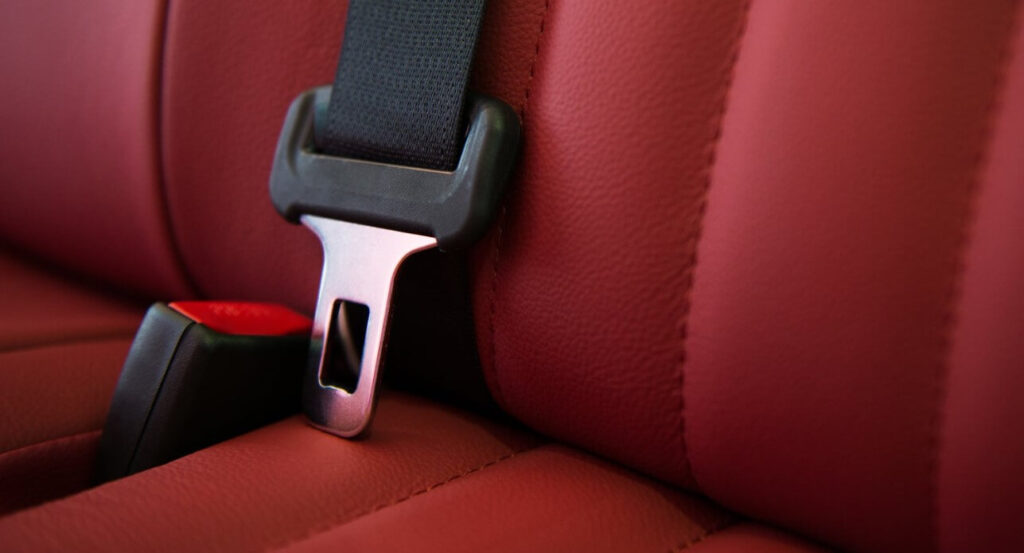
Maryland state seat belt law
Maryland law requires all drivers and front-seat passengers to wear seat belts. Additionally, all passengers under the age of 16 must wear seat belts, regardless of their seating position in the vehicle. Failure to comply with the seat belt law may result in fines.

South Dakota seat belt law Primary
In 1994, South Dakota passed a law making it mandatory for all drivers and passengers in a vehicle to wear a seatbelt. The law applies to all vehicles, including cars, trucks, vans, and buses. The seatbelt must be worn across the hips and over the shoulders.
The law also requires that all children under the age of 18 must be properly restrained in a child safety seat or booster seat.
The Secret Truth About United States Seat Belt Laws That Will Leave You Speechless!
What is the seat belt law in new york?
The seat belt law in New York requires all front-seat occupants regardless of age and all passengers under 16 to wear seat belts. Additionally, all drivers are responsible for ensuring that passengers under 16 are wearing seat belts or using an appropriate child safety restraint system. Violating this law may result in fines and other penalties.

What is the seat belt law in Indiana?
The seat belt law in Indiana requires all drivers and front-seat passengers to wear seat belts. Additionally, passengers under the age of 16 must wear a seat belt regardless of their seating position. Failure to comply may result in fines and penalties.

What is the seat belt law in Kentucky?
The seat belt law in Kentucky requires all drivers and front-seat passengers to wear seat belts. Additionally, all passengers under the age of 18 must wear seat belts, regardless of their seating position.
Violating these regulations may result in fines. It’s essential to prioritize safety and adhere to these laws while driving.
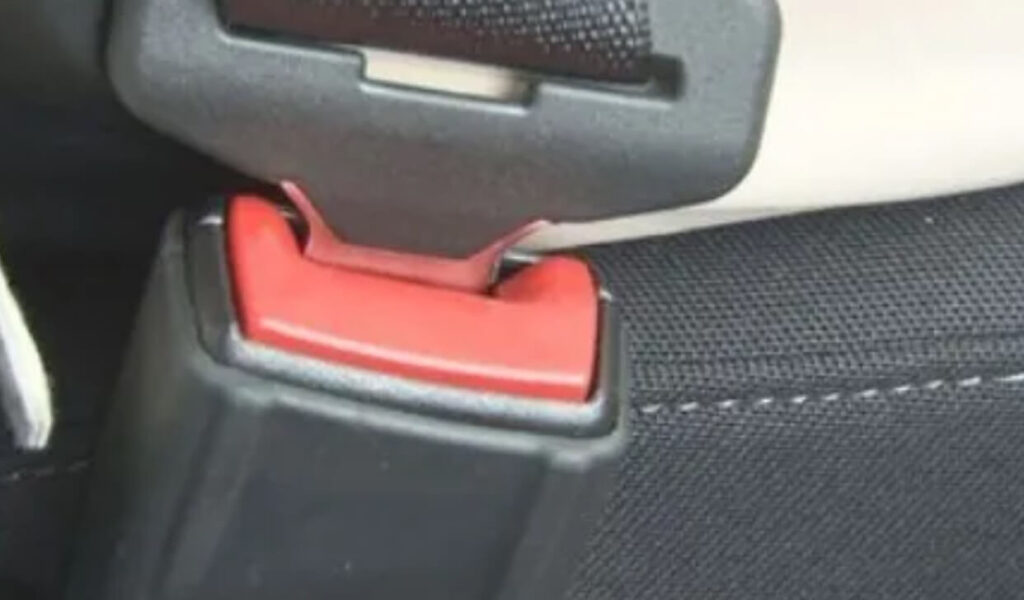
What is the seat belt law in Tennessee?
In Tennessee, the seat belt law requires all drivers and front-seat passengers to wear seat belts. Additionally, passengers under the age of 18 must wear seat belts, regardless of their seating position. The law is enforced to enhance safety on the road.
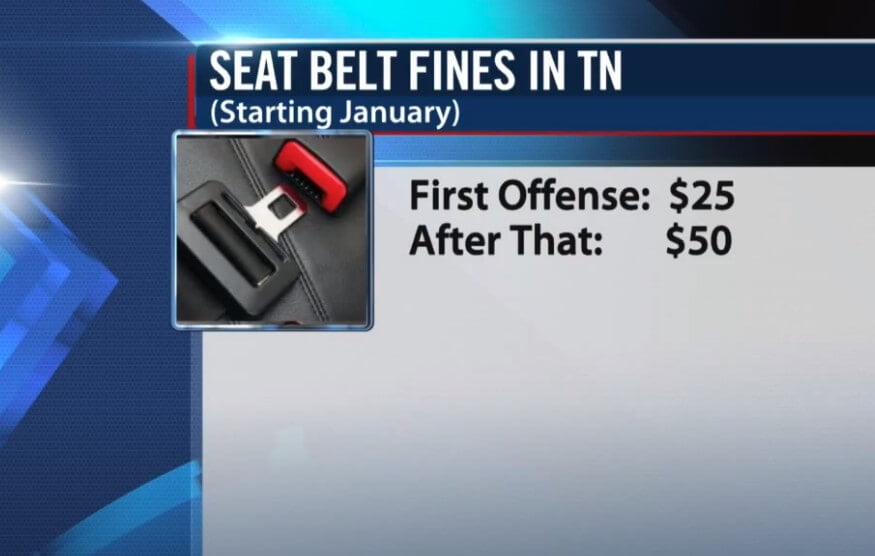
What are the seat belt laws in Florida?
Seat belt laws in Florida require all drivers and front-seat passengers to wear seat belts. Additionally, passengers under the age of 18 must wear seat belts regardless of their seating position. The law is enforced as a primary offense, meaning that law enforcement can stop and ticket drivers solely for not wearing seat belts.

What is the seat belt law in Ohio?
The seat belt law in Ohio requires all drivers and front-seat passengers to wear seat belts. In addition, all passengers under the age of 16 must wear seat belts regardless of their seating position. Failure to comply with these regulations may result in fines.
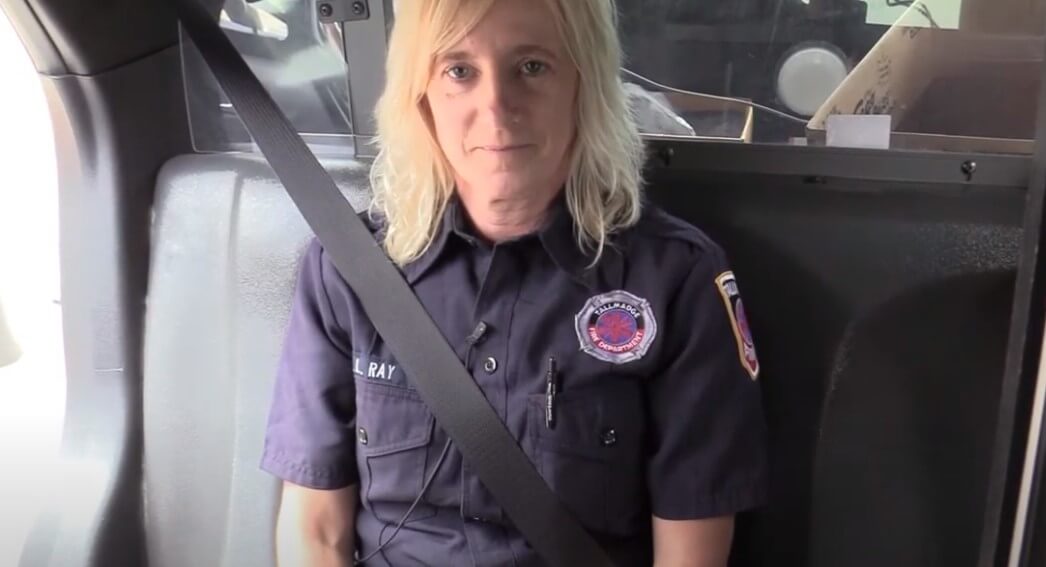
State of Georgia seat belt laws?
In Georgia, seat belt laws require all front-seat occupants of passenger vehicles to wear seat belts. Additionally, passengers under the age of 18 must wear seat belts regardless of their seating position.
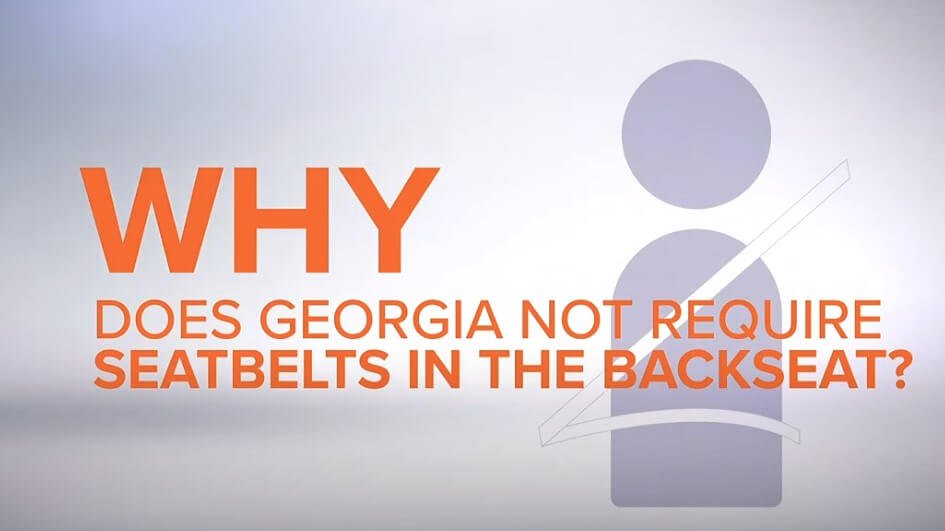
What is the seat belt law in Missouri?
The seat belt law in Missouri requires all drivers and front-seat passengers to wear seat belts. However, for passengers in the back seat who are 16 years and older, wearing seat belts is not mandatory.
Seat belt law in Arizona?
Yes, there is a seat belt law in Arizona. The law requires all drivers and passengers in a vehicle to be properly restrained with a seat belt. The law is enforced by the Arizona Department of Public Safety (AZDPS) and it was passed in 1986.
The seat belt law is a primary enforcement law, which means that an officer can pull over a driver for not wearing a seat belt. The seat belt law applies to all vehicles, including motorcycles.
What is the seat belt law in California?
The seat belt law in California requires all vehicle occupants to wear seat belts. In the front seat, both the driver and passengers must use seat belts. For passengers in the rear seat, those who are 16 years old and older must also use seat belts. It’s important to comply with these regulations to ensure safety while driving.
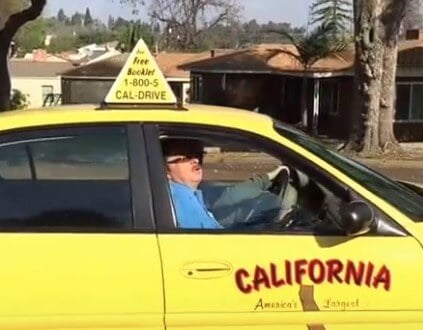
What is the seat belt law in Illinois?
The seat belt law in Illinois requires all drivers and front-seat passengers to wear seat belts. Additionally, all passengers under the age of 18 must be secured in an appropriate restraint system, regardless of their seating position. Failure to comply with these regulations may result in fines.
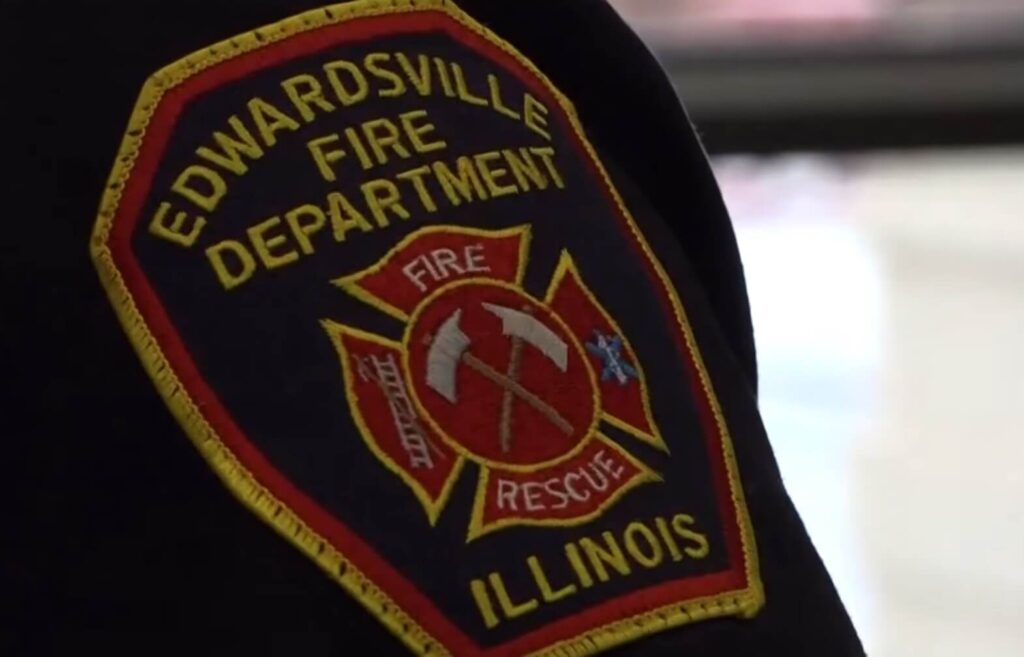
What is the seat belt law in Michigan?
In Michigan, the seat belt law requires all drivers and front-seat passengers to wear a seat belt. This includes anyone operating a motorcycle or moped on a public road. The law also requires all children under the age of 16 to be properly secured in a child safety seat or booster seat.
There are a few exceptions to the seat belt law in Michigan. For example, people with a medical condition that prevents them from wearing a seat belt may be exempt. Additionally, people who are driving a vehicle that was manufactured before 1965 are also exempt.
Failure to comply with the seat belt law in Michigan is a civil infraction. This means that you can be ticketed for not wearing a seat belt, but you will not receive any points on your driver’s license. The fine for not wearing a seat belt is $65.
What is the seat belt law in Virginia?
In Virginia, the seat belt law is a primary law, which means that an officer can stop and ticket a driver solely for not wearing a seat belt. The driver and all passengers in the vehicle must be properly restrained with a seat belt or child safety seat if they are under the age of 8.
The driver is responsible for ensuring that all passengers under the age of 16 are properly restrained. Failure to wear a seat belt or properly restrain a child can result in a fine of up to $25.
New Jersey seat belt law
In New Jersey, drivers and front-seat passengers must wear seat belts. Children under the age of 8 must be in a child safety seat or booster seat. Children under the age of 4 must be in a child safety seat. Children over the age of 4 and under the age of 8 must be in a booster seat. All other passengers must wear a seat belt.
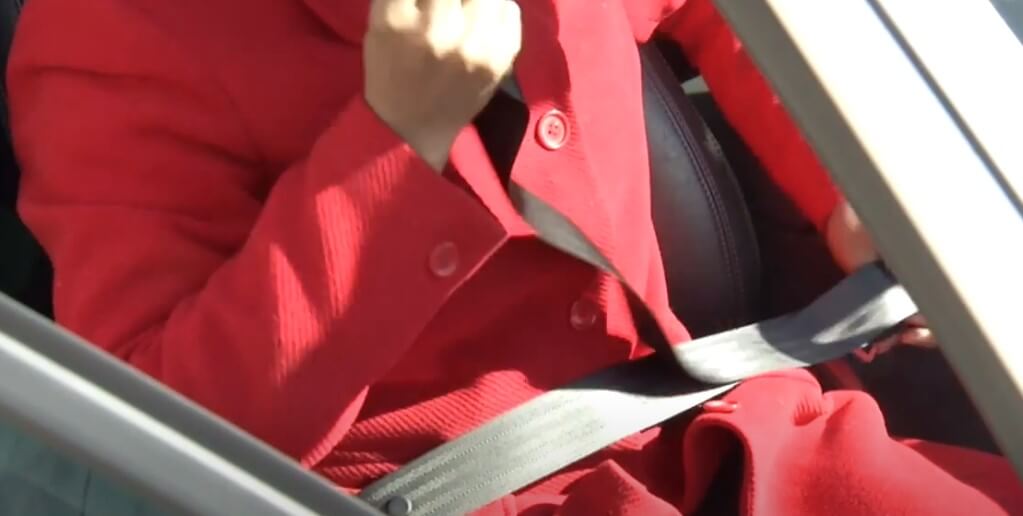
The driver is responsible for making sure all passengers under the age of 18 are properly restrained. Fines for not wearing a seat belt start at $46 for the first offense. A second offense within a year will cost you $93. And if you’re caught a third time, the fine jumps to $140.
Not wearing a seat belt is considered a “secondary offense” in New Jersey, which means a police officer can’t pull you over solely for that violation. But if you’re stopped for another infraction – like speeding – and you’re not wearing a seat belt, you can be ticketed for both offenses.
New Jersey seat belt law backseat
As of July 1, 2019, all passengers in a vehicle, regardless of their seating position, must wear a seatbelt. This includes both drivers and passengers in the front and back seats. The only exceptions to this rule are for certain medical conditions or if the vehicle does not have seatbelts installed.
This law is a major change from the previous seatbelt law in New Jersey, which only required front-seat passengers to buckle up. The new law is intended to make roads safer for everyone by reducing the number of serious injuries and fatalities in car accidents.
Colorado state seat belt laws
Colorado had some of the most progressive seat belt laws in the country since July 1, 2005. All drivers and passengers in Colorado are required to wear seat belts while the vehicle is in motion. This includes all front-seat passengers, as well as all passengers under the age of 18.
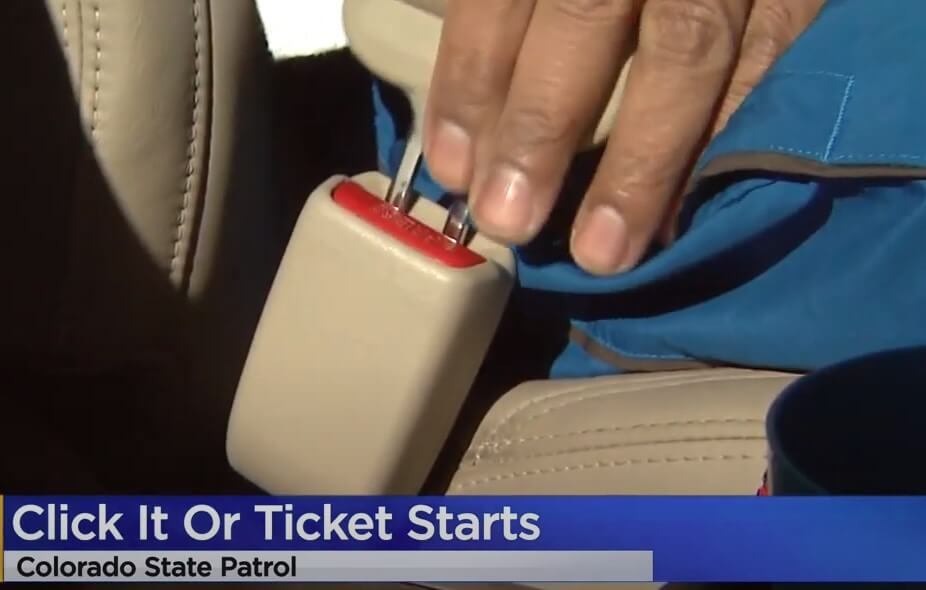
There are a few exceptions to the rule, however. If you are driving a commercial vehicle that is a gross vehicle weight rating (GVWR) of 26,000 pounds or less, you are not required to wear a seat belt. Additionally, if you are driving a farm vehicle that is not used for highway transportation, you are also exempt from the seat belt law.
The seat belt law in Colorado is a “primary” law, which means that you can be pulled over and ticketed for not wearing a seat belt, even if you are not committing any other traffic violation. Not wearing a seat belt is considered a “secondary” offense for passengers over the age of 18. This means that you can only be ticketed for not wearing a seat belt if you are stopped for another traffic violation.
The Mississippi state seat belt law
In July of 2009, the state of Mississippi enacted a mandatory seat belt law for all drivers and passengers in motor vehicles. The law requires that all drivers and front-seat passengers must wear a seat belt at all times while the vehicle is in operation.
The only exceptions to this rule are for emergency responders and medical personnel who are on duty, and for passengers who have a medical condition that prevents them from wearing a seat belt.
West Virginia seat belt laws
West Virginia’s seat belt law requires all drivers and front-seat passengers to wear seat belts. Drivers are also required to ensure that all passengers under the age of 18 are properly restrained in a seat belt or child safety seat.
West Virginia’s seat belt law is a primary enforcement law, which means those police officers can stop and ticket drivers solely for not wearing a seat belt or for not properly restraining a child under the age of 18.
There are a few exceptions to West Virginia’s seat belt law. Passengers who are 18 years of age or older and are sitting in the back seat of a vehicle are not required to wear seat belts. Additionally, passengers who have a medical condition that prevents them from wearing a seat belt may be exempt from the law.
Maine state seat belt law
The seat belt law in Maine was passed in 1997. And in the State of Maine, all drivers and passengers are required to wear a seat belt while the vehicle is in operation. This includes all front-seat occupants, as well as all passengers under the age of 18. Children under the age of 4 must be secured in a child safety seat, and children under the age of 8 must be secured in a booster seat.
The seat belt law in Maine is a primary law, which means that an officer can pull you over and issue a ticket for not wearing a seat belt, without any other traffic violation taking place. The fine for not wearing a seat belt is $50 for each violation.
MN state seat belt law
Since 1984, the Minnesota seat belt law has required motorists to wear a seat belt when operating a motor vehicle on a public road. The law has changed over the years to become more effective, and today it is a primary seat belt law. This means that a law enforcement officer can stop and ticket a driver solely for not wearing a seat belt, without any other traffic violation taking place.
Minnesota’s seat belt law applies to all drivers and passengers in a motor vehicle, including those in pick-up trucks and SUVs. The only exception to the law is those riding in a bus or other commercial vehicle that is not required to have seat belts by federal law.
Despite the well-known safety benefits of seat belts, a significant number of people still do not wear them. In 2018, the Minnesota Department of Public Safety (DPS) reported that there were over 16,000 unbelted passenger vehicle occupants involved in crashes. Of those, over 400 were killed and over 7,000 were injured.
Texas state seat belt law
In Texas, all drivers and passengers are required to wear a seat belt. Children under the age of 8 must be in a child safety seat or booster seat. The penalties for not wearing a seat belt or for not properly securing a child in a safety seat or booster seat can range from a fine of up to $200 to a fine of up to $500.
There are a few exceptions to the law. Drivers and passengers are not required to wear a seat belt if they are:
Firefighter on duty.
A person in the process of completing a legitimate work-related task that requires the person to exit the vehicle in a hurry
Medical condition that prevents the use of a seat belt
A person who is operating a farm tractor or implements of husbandry
A person who is a member of the military on active duty
Passenger in a vehicle that is not required to be equipped with a seat belt by federal law
The state of texas seat belt law is a primary law, which means that an officer can pull you over and issue a ticket for not wearing a seat belt, even if you weren’t doing anything else wrong. But, if you are stopped for another violation. And the officer notices that you’re not wearing a seat belt you can be charged for that as well.
More FAQs about TX seat belt laws:
What is texas back seat seat belt law?
Texas’ back seat seat belt law requires all passengers in the back seat of a vehicle to be buckled up. The law applies to all vehicles, including cars, trucks, vans, and SUVs. All back seat passengers must be properly restrained in a seat belt or child safety seat.
What are Texas child seat belt laws on the front seat?
There are no specific rules for front seat children but under 8 years child must be properly secured in a child safety seat or booster seat in the front seat of a passenger vehicle.
What is the Texas seat belt law in 1 ton trucks?
There is no specific law in Texas that requires seat belts to be worn in 1 ton trucks. However, the Texas Transportation Code require all passengers in vehicles to wear a seat belt, with a few exceptions.
Texas seat belt law classic cars?
There is no legal burden to have seat belts fitted in a classic car because of the car’s old manufacture however, children under 3 years old will not be able to travel in the vehicle.
Texas car seat laws single cab truck
Single cab trucks are not required to have car seats in Texas. However, drivers should always use caution when driving with children in the truck.
Texas seat belt law for school buses?
The law requires that every child who rides a school bus must wear a properly fastened seat belt. Though many buses don’t have seat belts inaugurated, the Texas Legislature has approved a measure, all newly purchased buses after September 1, 2018, should have seat belts installed.
Texas farm truck seat belt law?
The Texas farm truck seat belt law requires all drivers and passengers of farm trucks must wear a seat belt when riding vehicles on public roads. The belt must be fastened around the body of the person and not just be held in their lap. The law also requires that children under the age of 15 should properly use a child safety seat when riding in a farm truck.
Texas seat belt laws pickup trucks?
Vehicles are requires working seat belts for all occupants. However, there is no law for adults to wear seat belts while riding in a passenger vehicle.
WA state seat belt law
Since 1984, Washington state seat belt laws in place that requires all front-seat passengers in a vehicle to be properly restrained. The law was created to reduce the number of serious injuries and fatalities that occur in car accidents. In the years since the law has been enacted, it has been successful in reducing the number of people killed in car accidents by an estimated 50%.
Washington DC seat belt law
It is now mandatory for everyone in the car to buckle up in Washington, D.C. The District of Columbia Council voted unanimously to pass the “primary seat belt law” on December 4, 2018. The new law makes it illegal for anyone in the car to not be buckled up, regardless of their age or position in the car. The only exception to this rule is if the person is a law enforcement officer, medical personnel, or a member of the military.

This new law is a huge victory for safety advocates who have been pushing for it for years. In the past, D.C. had a “secondary” seat belt law, which meant that police could only ticket someone for not wearing a seat belt if they were stopped for another infraction. This made it very difficult to enforce the seat belt law. The new “primary” seat belt law will make it much easier for police to ticket people who are not wearing seat belts.
The District of Columbia is not the only jurisdiction to recently pass a primary seat belt law. In 2017, Maryland and Virginia both passed similar laws. The District of Columbia’s primary seat belt law in effect started on February 1, 2019.
New Louisiana seat belt law
Louisiana’s seat belt law has not been changed since it was first enacted in 1985. The new law will bring Louisiana’s seat belt law in line with the majority of other states, which have similar laws. Louisiana is currently one of only four states without a primary seat belt law. The other three states are New Hampshire, South Dakota, and Montana.
The seat belt law is just one of many new laws that will go into effect in Louisiana in 2022. Other new laws include a ban on texting while driving, a hands-free law for cell phone use, and a law that requires all children under the age of 2 to be properly secured in a car seat.
Is there a seat belt law in New Hampshire?
According to Governors Highway Safety Association, there are no adult seat belt laws in New Hampshire
It requires all passengers in a vehicle to be properly restrained. This includes both adults and children. The law applies on July 1, 2003, to all vehicles, including passenger cars, trucks, vans, and SUVs.
Final Note
The United States has a patchwork of seat belt laws, with some states requiring all passengers to buckle up and others only requiring front-seat occupants to do so. In states with secondary enforcement laws, police can only issue a ticket for seat belt use if the driver has been stopped for another infraction.
Most states have seat belt laws that are primary enforcement, meaning that an officer can pull you over if they see you or a passenger in your car not wearing a seat belt. However, there are still a few states with secondary seat belt laws. This means that officers can only give you a seat belt ticket if they stop you for another reason.
We are not only publishing and collecting data one time; rather, we continuously update this database. So if any of the information goes outdated, let us know. We will fix/update it as soon as possible.
Furthermore, if you are looking for any specific information please do not hesitate to contact us or comments below.
Team, Psychoautos.com
